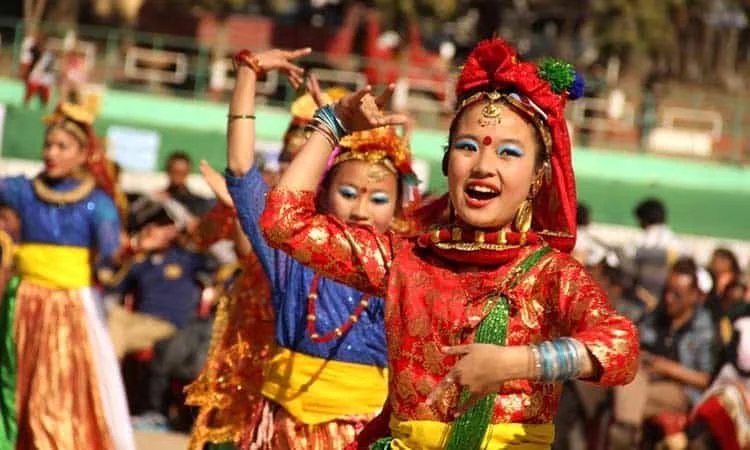
- 1. Understanding Folk Dancing: A Glimpse into Cultural Traditions
- 2. Types of Folk Dances from Around the World
- 3. The Importance of Folk Dancing in Cultural Traditions
- 4. Famous Folk Dance Examples and Their Origins
- 5. How to Learn and Appreciate Folk Dancing
1. Understanding Folk Dancing: A Glimpse into Cultural Traditions
Folk dancing is an integral part of many cultures worldwide, offering a window into the social, historical, and cultural life of different communities. These dances are often passed down through generations and reflect the values, beliefs, and lifestyles of the people who perform them. Folk dances are typically community-based and are meant to be performed by ordinary people, rather than trained dancers. They are a celebration of cultural heritage, bringing people together through rhythm, movement, and storytelling. But what exactly defines folk dancing, and how does it shape cultural traditions? Let's explore this fascinating art form.

The Dancel Y in Ellicott City / y dancel
Ellicott CityHoward CountyMaryland
4331 Montgomery Rd, Ellicott City, MD 21043, USA
2. Types of Folk Dances from Around the World
Folk dances vary greatly across the globe, each one unique to its region and culture. Here are a few well-known types of folk dances that highlight the diversity of this tradition:
- Irish Stepdance: Known for its quick foot movements and upright posture, Irish stepdance has become globally recognized thanks to performances like Riverdance. This dance originated in Ireland and was traditionally performed at social gatherings.
- Flamenco: A passionate and rhythmic dance from Spain, flamenco combines percussive footwork, clapping, and intricate hand and arm movements. It reflects the country's rich cultural blend of Moorish, Gypsy, and Jewish influences.
- Polka: This lively and spirited dance is known for its quick, hopping movements and was originally popularized in Central Europe. Today, it is enjoyed in many countries, from the United States to Poland.
- Russian Folk Dance: Known for its energetic movements, high jumps, and acrobatic feats, Russian folk dancing is often performed at festivals and gatherings. These dances have a deep connection to the agricultural and seasonal rituals of Russian communities.
- Indian Classical and Folk Dance: In India, folk dances are diverse and vary by region. Dances like Garba (from Gujarat) and Bhangra (from Punjab) celebrate the country's rich cultural and religious heritage, often performed during festivals and weddings.
3. The Importance of Folk Dancing in Cultural Traditions
Folk dancing plays a key role in maintaining and preserving cultural traditions. It is more than just a form of entertainment—these dances often symbolize a community's history, values, and identity. Folk dances are used to mark important events such as weddings, harvests, or seasonal changes, and they serve as a way for people to pass on stories and traditions. In many cultures, folk dancing also promotes unity, as it often involves participation from the entire community. It fosters a sense of pride and belonging, as people connect with their cultural roots through music and movement.
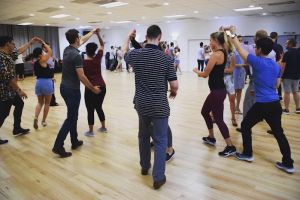
Arlington Ballroom LLC / arlington ballroom
ArlingtonArlington CountyVirginia
5130 Wilson Blvd, Arlington, VA 22205, USA
4. Famous Folk Dance Examples and Their Origins
Many folk dances have become internationally recognized, showcasing the beauty and diversity of cultures worldwide. Here are a few examples:
- Waltz: Originating in Austria and Germany in the 18th century, the waltz has become one of the most famous ballroom dances in the world. Its smooth, rotating movements were once considered scandalous, but today it is a symbol of elegance and grace.
- Samba: A lively Brazilian dance, samba has African roots and is deeply intertwined with the celebrations of Carnival. It is performed with quick, rhythmic footwork and body movements, often accompanied by vibrant music and costumes.
- Hula: Native to Hawaii, hula dance tells a story through gestures and movements that represent elements of nature, mythology, and Hawaiian culture. It has a spiritual connection to the land and its history.
5. How to Learn and Appreciate Folk Dancing
If you're interested in learning folk dancing or simply want to appreciate its beauty, here are some tips:
- Take a Class: Many dance studios and cultural centers offer folk dance classes. These classes provide a hands-on approach to learning the movements and techniques specific to each style.
- Attend Cultural Festivals: Cultural festivals and events often feature folk dancing performances. These are a great opportunity to witness the dances in their traditional setting and learn more about their cultural significance.
- Research and Study: Understanding the history and cultural context of folk dances can deepen your appreciation. Books, documentaries, and online resources can offer valuable insights into the evolution and importance of these dances.
- Join a Dance Group: For those interested in actively participating, joining a local folk dance group is a great way to immerse yourself in the tradition. You’ll get to meet others who share your passion and develop your skills while celebrating cultural heritage.
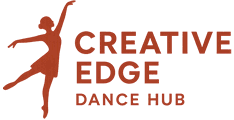
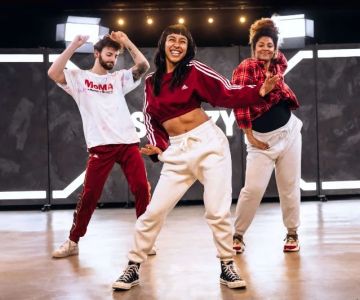
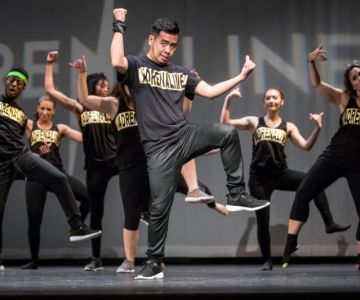

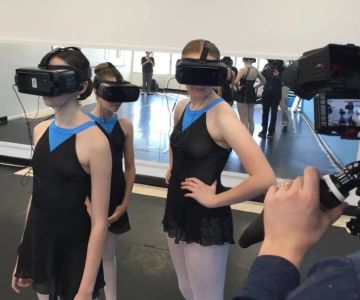
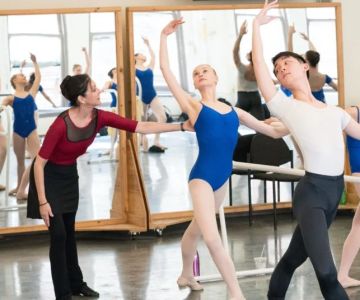
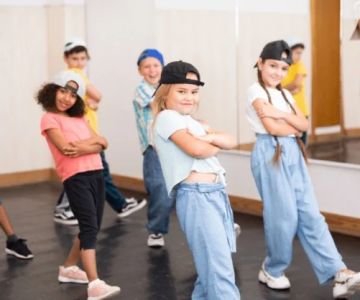
 Fadeyev Ballet5.0 (4 reviews)
Fadeyev Ballet5.0 (4 reviews) Jazzercise5.0 (60 reviews)
Jazzercise5.0 (60 reviews) Joyful Creations Studio5.0 (39 reviews)
Joyful Creations Studio5.0 (39 reviews) Academy of Fine Arts4.0 (29 reviews)
Academy of Fine Arts4.0 (29 reviews) Juli Kell's Dance Center, LLC4.0 (18 reviews)
Juli Kell's Dance Center, LLC4.0 (18 reviews) The Little Gym of Louisville, CO5.0 (28 reviews)
The Little Gym of Louisville, CO5.0 (28 reviews) The Best Social Dances to Learn for Weddings and Parties: Dance Like a Pro
The Best Social Dances to Learn for Weddings and Parties: Dance Like a Pro How to Develop a Growth Mindset for Learning Dance
How to Develop a Growth Mindset for Learning Dance Why I Added Yoga to My Dance Routine (And How It Helped)
Why I Added Yoga to My Dance Routine (And How It Helped) How I Used Pilates to Support My Dance Practice — Personal Outcomes
How I Used Pilates to Support My Dance Practice — Personal Outcomes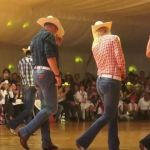 What is Line Dancing and Where to Find Country Bars with Lessons
What is Line Dancing and Where to Find Country Bars with Lessons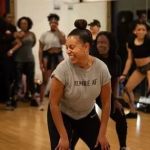 5 Things Nobody Tells You About Taking Beginner Dance Classes
5 Things Nobody Tells You About Taking Beginner Dance Classes